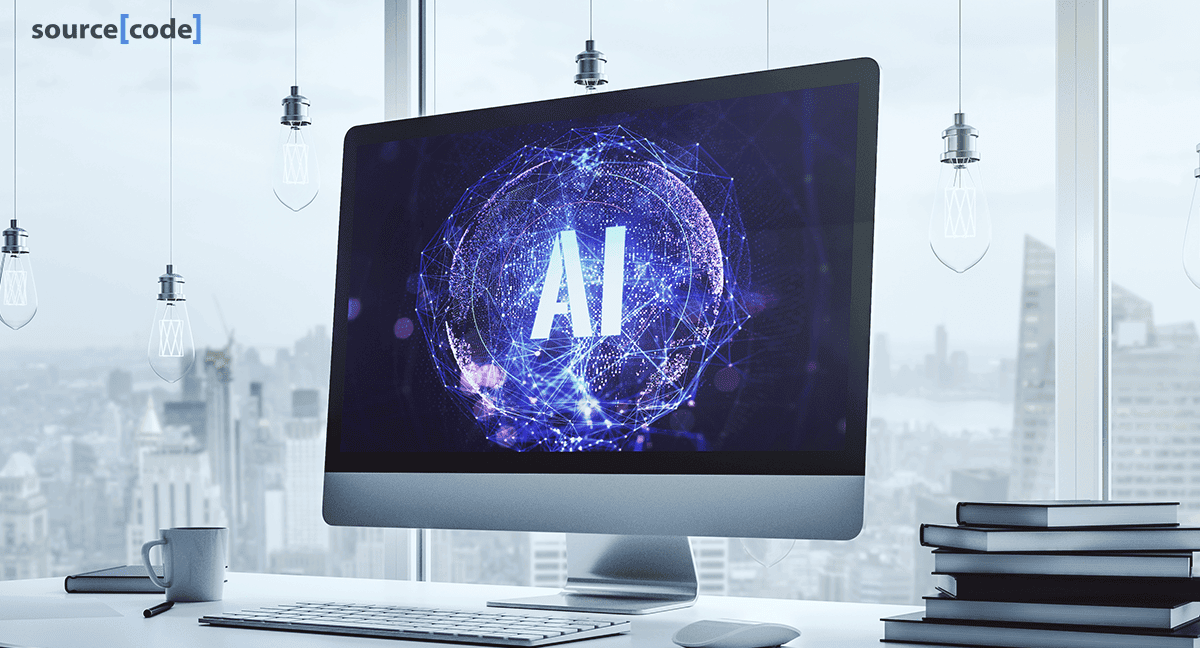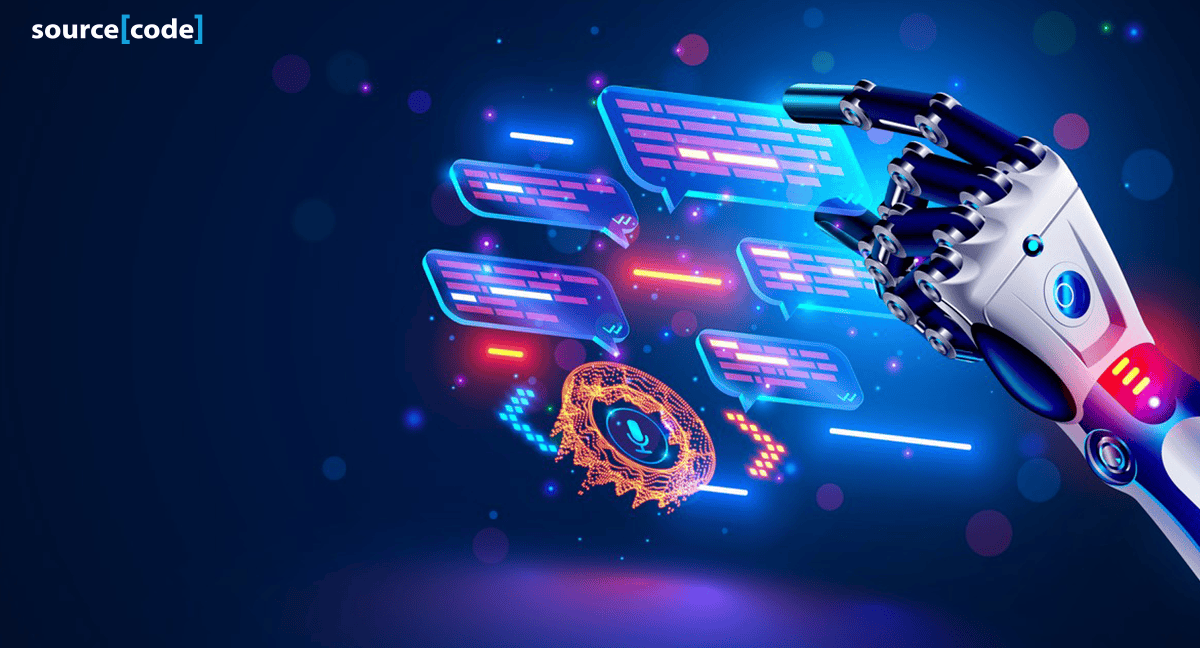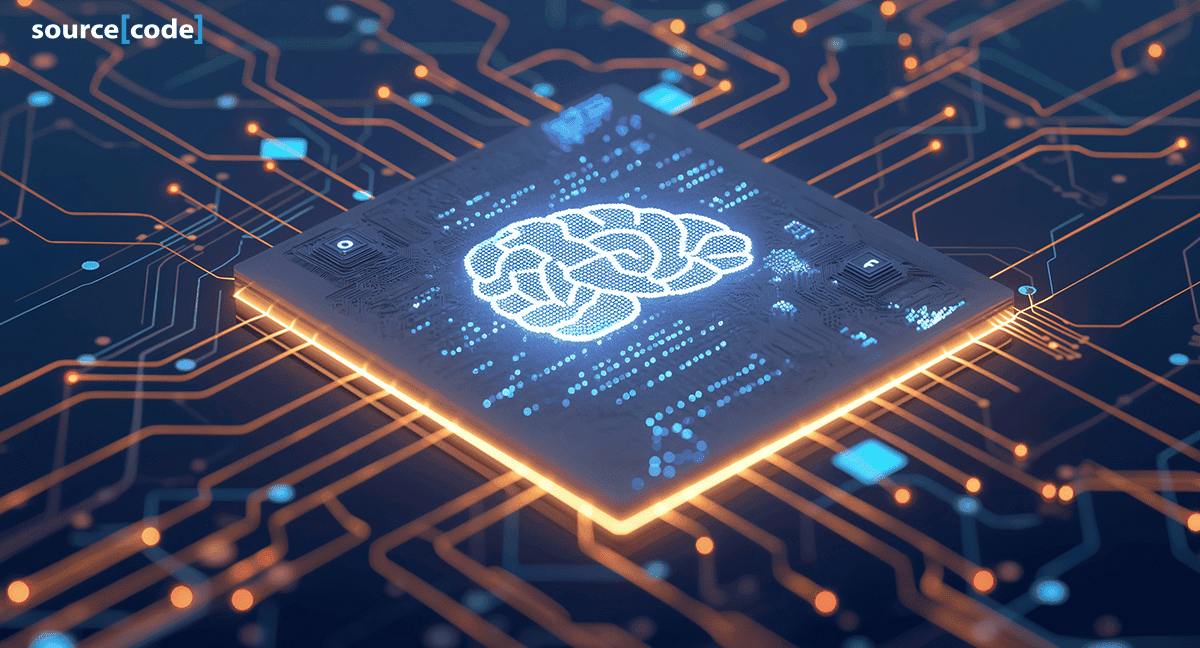AI as a service: The next big thing
Artificial Intelligence (AI) is rapidly advancing, and AI as a service future impact is poised to transform customer experiences and optimize business processes. Smart business leaders understand that AI can help them gain an advantage. It does this by generating a lot of useful data during the AI revolution.
While 90% of firms have adopted cloud technology, only a third are realizing the expected returns on their investment. Innovative businesses understand that cloud computing provides strong capabilities and access to data. However, this alone is not enough for success. AI is the critical link that enables organizations to turn this data into tangible economic value.
A Gartner survey found that 70% of people want AI to assist them. They want help with tasks such as problem-solving, research, calculations, and simplifying processes. Over half of the people surveyed want AI to do a few tasks, with some wanting it to do more than five tasks.
This growing demand for AI-driven automation and optimization underscores the transformative potential of this technology. Businesses using AI will see better customer experiences, improved efficiency, and increased competitiveness in the future.

1.What is AI as a service?
a. Less need for sophisticated coding (tech) skills
The demand for AI professionals is high, but the talent pool is limited. AI-as-a-Service (AIaaS) provides AI capabilities without requiring coding skills within a company. This service can help bridge the gap for businesses that lack in-house AI expertise.
AIaaS allows companies to access AI technology without the need to develop it themselves. This can be a cost-effective solution for organizations looking to leverage AI in their operations.
The integration of no-code infrastructure into AIaaS makes the technology accessible to a wider range of organizations. However, implementing AIaaS can still present challenges, particularly in integrating with existing legacy systems.
Businesses can use AIaaS to access advanced analytics and automation for innovation and competitive advantage. This can be done even if there is a shortage of AI talent. AIaaS allows businesses to leverage these technologies without needing to hire specialized AI professionals. By utilizing AIaaS, businesses can stay competitive and drive innovation in their industry.
b. Advanced infrastructure – and fast
Before AIaaS, successful AI and machine learning models required powerful, specialized hardware like GPUs. This posed a significant challenge, especially for SMEs lacking the resources to build such infrastructure.
However, AIaaS has changed the game. By providing customizable AI capabilities, AIaaS allows organizations to leverage advanced analytics without heavy investment in hardware or extensive in-house expertise. AIaaS can use a company’s data to create custom models for specific tasks. This is possible even if the user does not have advanced AI coding skills.
The key is high-quality data. AIaaS helps businesses use AI. It combines custom models with their data. This makes AI easier to access. Companies don’t need advanced infrastructure or technical skills.

c. Cost-Effectiveness
AIaaS frees organizations from the need to invest in sophisticated AI infrastructure. Businesses can use AI and machine learning without spending a lot on developing special computers and graphics processors.
By outsourcing to AIaaS providers, companies eliminate supplementary expenses like training and maintenance that can lead to incomplete decision-making. This allows them to concentrate on their core competencies rather than diverting resources into technical AI implementation.
The accessibility and cost-effectiveness of AIaaS have democratized advanced analytics, enabling even resource-constrained enterprises to leverage AI capabilities. This shift empowers organizations to stay competitive in an increasingly technology-driven landscape.
d. Usability
AIaaS is simple to use and set up, which saves time. It is easier than building internal AI systems or using open-source solutions.
This simpler method allows developers to concentrate on design and implementation instead of getting stuck in technical details. Crucially, organizations can leverage the power of AIaaS without extensive technical expertise, as the service-based model democratizes access to advanced AI capabilities.
By offloading the technical hurdles, businesses can concentrate on applying AIaaS to drive innovation, enhance customer experiences, and achieve their strategic goals. The user-friendly nature of AIaaS empowers a wider range of stakeholders to harness the benefits of AI.
e. Scalability
When considering AIaaS, you can start with smaller initiatives. It’s an ideal service for businesses that need optimization but lack extensive processing power. AIaaS excels at tasks requiring some cognitive judgment without much value addition.
Importantly, AIaaS allows scaling up or down without the hassle of procuring or relinquishing software and hardware. This flexibility makes it a compelling option for organizations looking to harness advanced analytics capabilities without significant investment in infrastructure.
2. Types of AIaaS
An organization must first determine what it wants before launching into any AI services. It is advisable to look at pain points and solutions that allow easy integration.
Here are three of the most well-known AIaaS solutions offered today:
a. Chatbots
Chatbots are the most prevalent AI solution today, found across websites from government to e-commerce. These software programs use natural language processing to simulate human conversations, commonly employed in customer support to provide relevant, automated responses.
Chatbots are making waves in customer service by increasing satisfaction and freeing up agents to focus on more complex tasks. However, developing successful chatbots requires substantial effort by developers to ensure accurate, human-like interactions.
The rise of chatbots demonstrates the growing adoption of AI-powered solutions to streamline customer experiences and optimize operational efficiencies.

b. APIs
Software programs can access AI capabilities through APIs offered by AIaaS solutions. These APIs serve as a bridge, enabling communication between applications and AI services.
Cognitive APIs allow developers to integrate specific AI technologies, such as natural language processing, speech recognition, and sentiment analysis, into their programs without starting from scratch.
Some common use cases for AI APIs include:
- Natural language processing for human-machine interaction
- Computer vision
- Conversational AI
- Translation
- Search
- Knowledge mapping
Developers can easily enhance their apps with advanced AI features by using pre-built APIs. This saves them the time and effort of creating AI models from scratch. By simply integrating these APIs into their apps, developers can quickly access powerful AI capabilities. This allows them to focus on other aspects of app development, rather than spending time on building AI models.
This method makes AI more accessible to developers, allowing them to use cognitive services in their software products.
c. Machine learning
Companies use data-driven insights with machine learning and AI to analyze patterns and make predictions beyond programmed rules. These ML frameworks enable a high degree of data analysis with minimal human involvement.
AIaaS solutions provide managed machine learning and deep learning tools in a platform as a service format. This format offers a complete machine learning operations process for users.
Developers can create datasets. They can build and test models. Finally, they can deploy these models on the service provider’s cloud using the AIaaS platform.
AIaaS offers managed machine learning services, making advanced analytics accessible to organizations. This allows them to use predictive AI without needing a lot of in-house expertise or complex infrastructure.

- Learn more about our AI solutions [here].